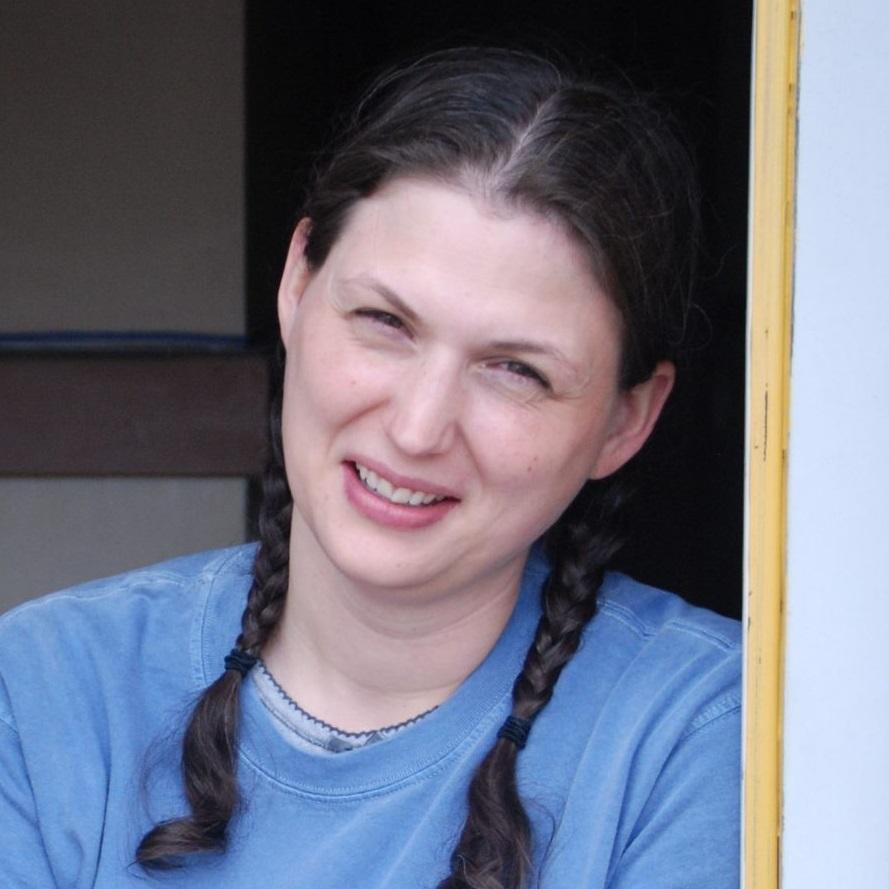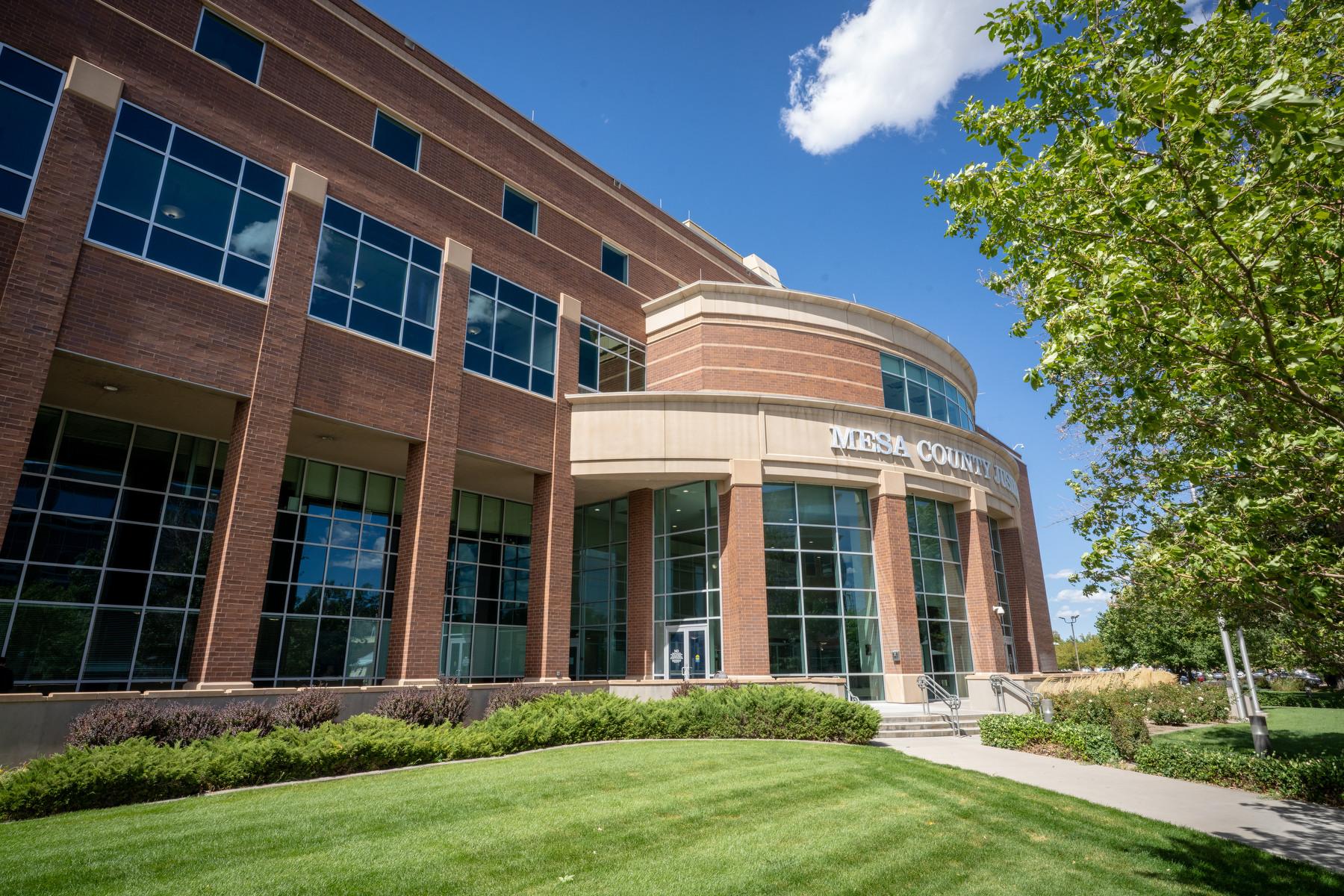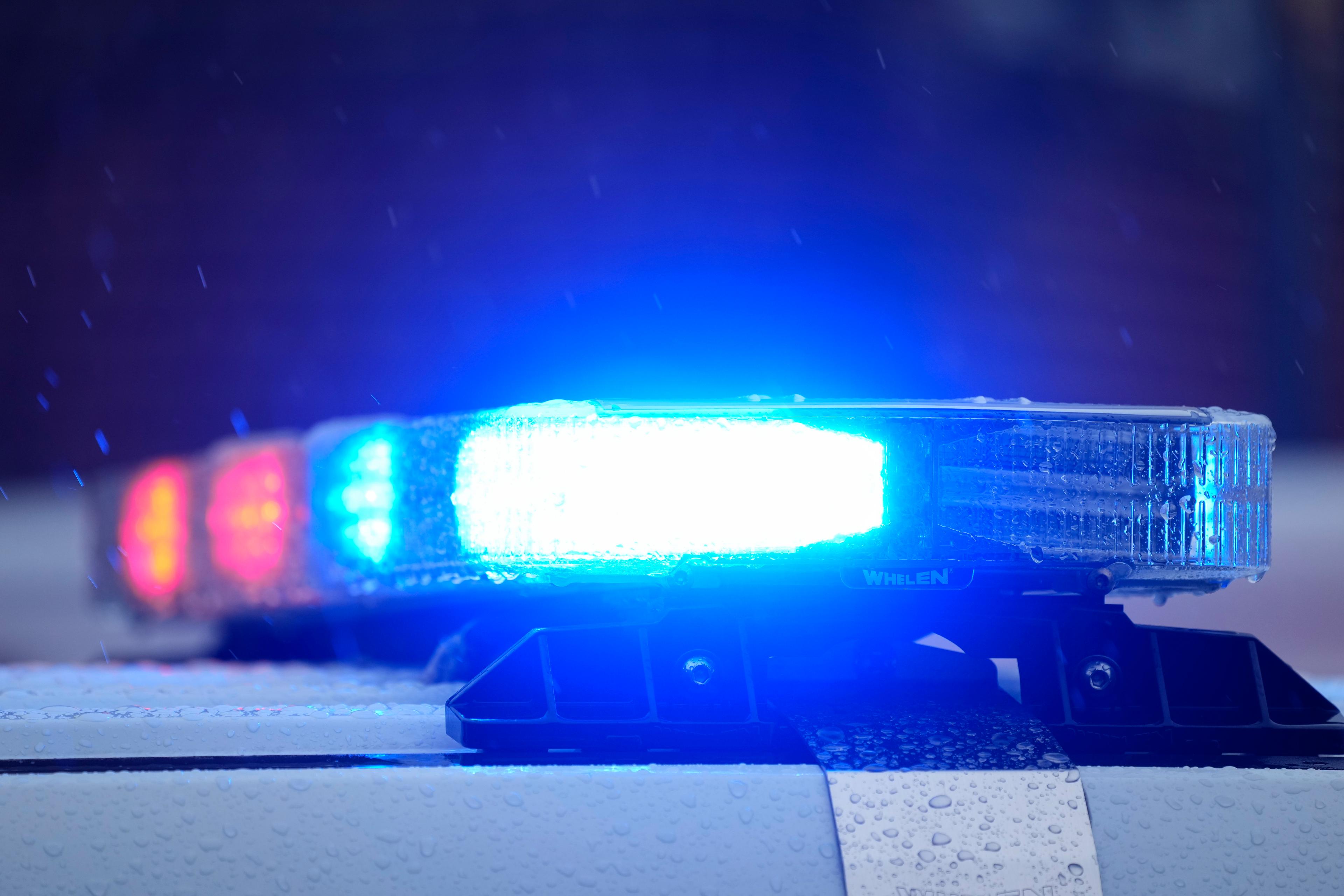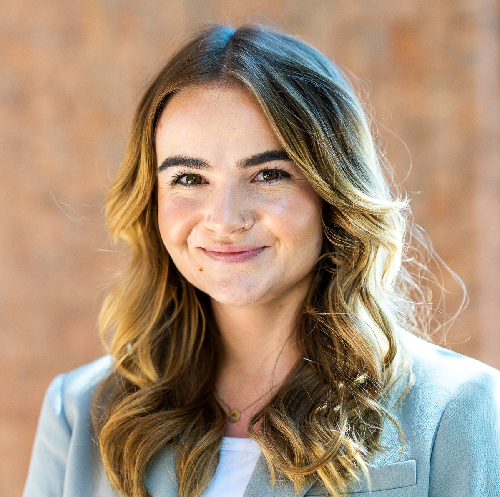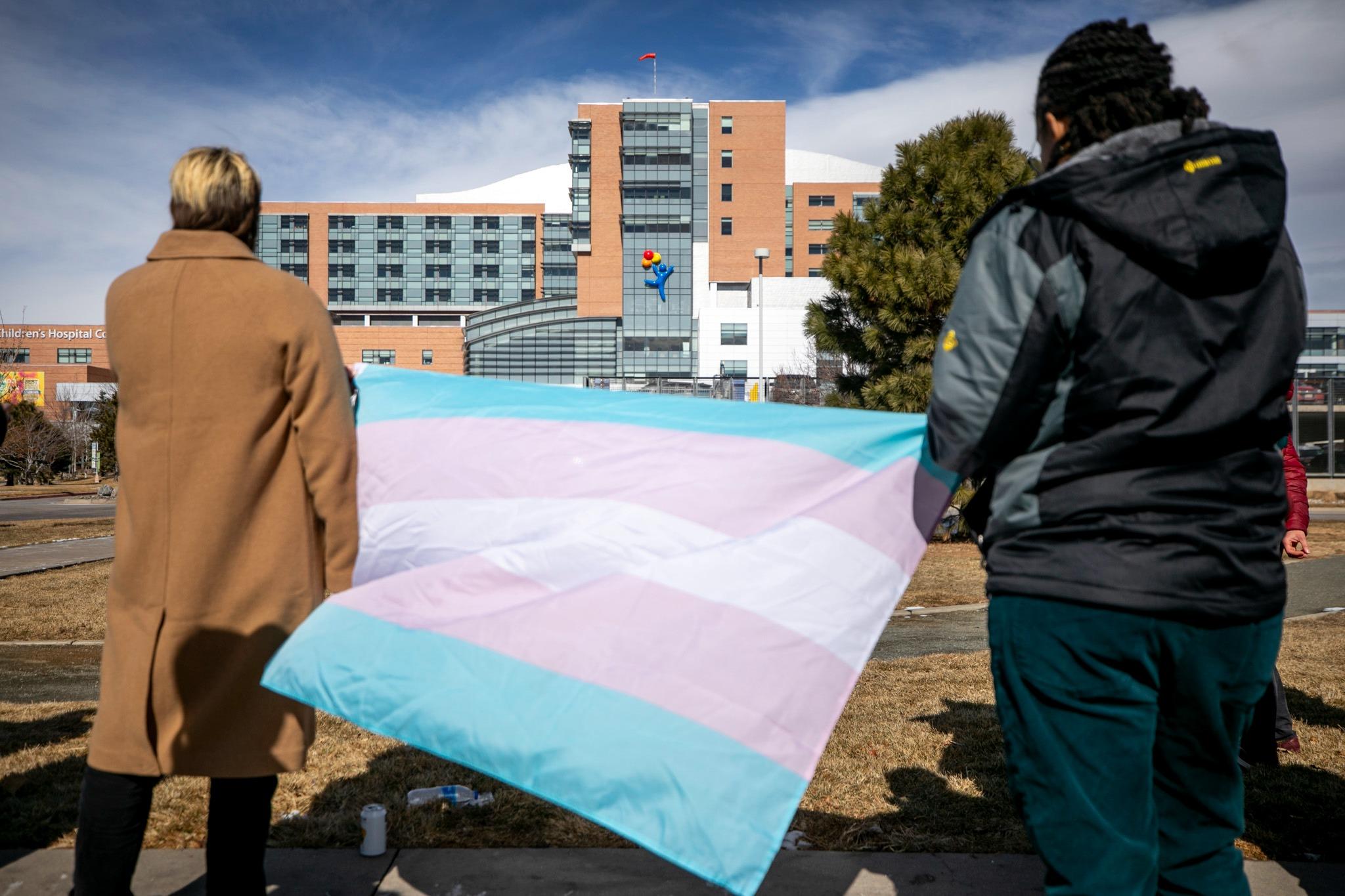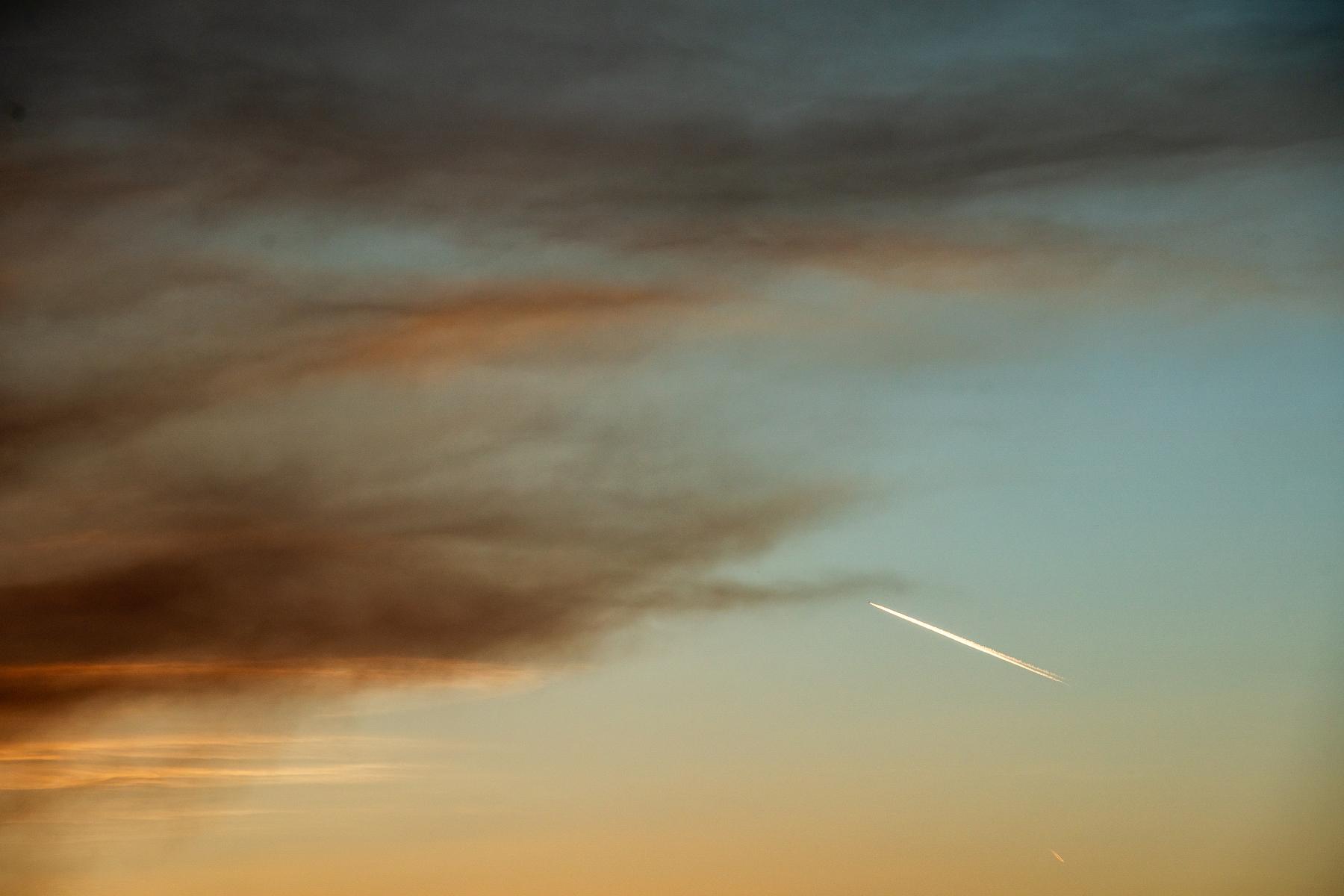
Air quality alerts are in place again for the entire Western Slope as firefighters battle more than 20 fires. The Colorado Department of Public Health has issued two air quality health advisories for the region through Friday at 9 a.m.
According to the Air Pollution Control Division, most of the smoke is coming from the three largest fires — the Lee, Elk and Crosho fires — and fluctuates, depending on the weather and wind.
While the smoke is worst along the Western Slope where the fires are burning, levels are also fluctuating on the Front Range. Widespread moderate to heavy smoke was evident in Rio Blanco, Garfield, Routt, Jackson, Grand and Summit counties on Thursday morning.
“You're seeing really just kind of cycles of higher levels of smoke, then some clearing and then the smoke will increase once again,” said Scott Landes, supervisor for the Colorado Air Pollution Control Division Meteorology.
Particulate matter levels have been moderate to high from Fort Collins and Greeley, and down to Colorado Springs. There have been elevated levels in the Pueblo area. Wildfire smoke can be dangerous, especially for sensitive populations like those with asthma and the elderly.
“If you're starting to feel uncomfortable or short of breath or fatigued, it's a good idea to go inside, take a break, avoid heavy exercise, and maybe take a rest day,” said Katie Broyles, an air quality meteorologist at Colorado Department of Public Health and Environment.
Gov. Jared Polis declared a state of emergency on Wednesday due to critical fire weather and the record number of fires in the state.
Additional heavy smoke is possible for the afternoon and evening, continuing into Friday morning, for areas downwind of the Lee and Crosho fires in Rio Blanco County. The smoke may shift northward today, impacting areas along and north of Interstate 70.
“We are seeing some downwind impacts from those two fires, and especially to the northeast,” Landes said. Steamboat Springs and the Granby area should expect an increase in smoke as the wind shifts. “They're seeing some hits of smoke as well, but … the real heavy stuff is gonna be in close vicinity to those two fires.”
In the southwest part of the state, the Stoner Mesa fire in Dolores County is producing heavy smoke today, blanketing La Plata and southern San Juan counties. Air quality alerts and warnings are in place.
The heaviest smoke will likely be in low-lying valleys — where it gets caught and sits — including Dolores and Montezuma counties.
Landes said thunderstorms in the area have kept the smoke confined to the counties surrounding the Stoner Mesa fire. He said it’s worse overnight and in the early mornings.
The National Weather Service’s Grand Junction office forecasts southwestern winds over the next few days.
There’s a chance of showers and storms across the Western Slope, which could bring much-needed fire relief.
“The wind directions can switch based on wherever these gust fronts come from,” said NWS meteorologist Kris Sanders. He said humidity is expected to increase, which should help with fire suppression and relieve some of the extreme risk across the area.
But most of that rain isn’t due until Friday or Saturday.
“We were seeing extreme fire behavior, rapid spread of the wildfires in certain areas,” said Sanders.
But the storms could also bring high winds, increasing fire risk, and lightning that could start more fires. Most of the current fires burning in the state were started by lightning strikes over the past month.


